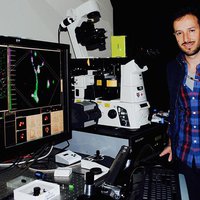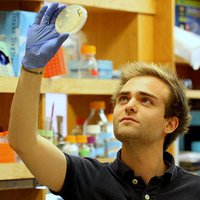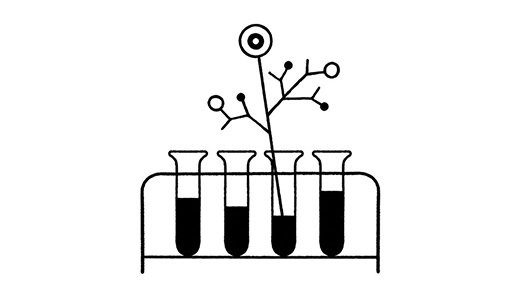Biotechnology & medicine
Jun Ge
Why we might use tiny flowers, trees, and spindles to create the pharmaceuticals of the future.
Illustration by Miguel Porlan

Global
Cigall Kadoch
A major vulnerability of certain kinds of cancer is becoming clear.

Latin America
Maier Steve Avendaño
His high definition, fluorescent microscopy techniques can be used to observe molecules separated by a mere five nanometers

Europe
Xavier Duportet
Development of intelligent antibiotics that kill specific bacteria based on the code they carry in their genome

Global
Polina Anikeeva
A creative scientist sees new ways to record and stimulate brain activity.

